Introduction
Anxi White Tea, a lesser-known gem in the world of tea, emerges from the mist-clad mountains of Anxi County in China’s Fujian Province. Often overshadowed by its more famous counterparts like Fuding White Tea or Silver Needle, Anxi White Tea carries a distinct identity shaped by its unique terroir, minimal processing, and centuries-old traditions. This article delves into the origins, production methods, flavor profiles, and cultural significance of Anxi White Tea, shedding light on why it deserves a place in the global tea lexicon.
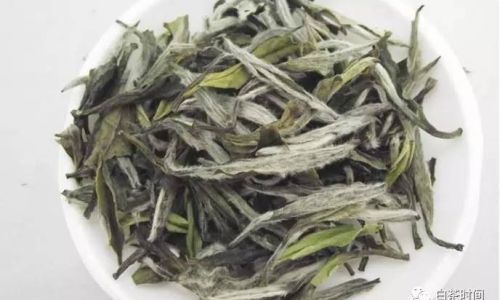
Historical Background
The history of tea in Anxi dates back over a millennium, with the region gaining international acclaim for its Tieguanyin oolong tea. However, the story of Anxi White Tea is relatively recent, with roots tracing to the late 20th century. Unlike traditional white teas from Fuding or Zhenghe, which have documented histories spanning centuries, Anxi White Tea emerged as a local innovation. Farmers in Anxi sought to diversify their crop portfolio, experimenting with indigenous tea varieties (Camellia sinensis) to create a product that combined the delicate aromatics of white tea with the region’s signature terroir.
The name “White Tea” refers to the minimal oxidation the leaves undergo during processing, a hallmark of white tea production. However, Anxi White Tea distinguishes itself through its cultivation practices and terroir. Grown at altitudes ranging from 600 to 1,200 meters above sea level, the tea bushes benefit from Anxi’s subtropical monsoon climate—characterized by foggy mornings, warm days, and cool nights. These conditions slow leaf growth, allowing the plant to accumulate complex flavors and aromatics.
Production Process: Artistry Meets Precision
The creation of Anxi White Tea is a testament to the marriage of tradition and meticulous craftsmanship. The process begins with plucking young, tender buds and leaves, typically in early spring when the plant’s nutrients are most concentrated. Unlike green or oolong teas, which involve rolling, pan-frying, or fermentation, white tea production prioritizes minimal intervention.
- Withering: Freshly harvested leaves are spread in thin layers on bamboo trays or mats and left to wither naturally indoors. This step, lasting 24–72 hours, reduces moisture content and initiates subtle enzymatic changes.
- Drying: Once the leaves reach optimal dryness (around 20% moisture), they are sun-dried or baked at low temperatures to halt oxidation. This preserves the leaves’ silver-green hue and delicate flavors.
- Sorting: Finally, the tea is sorted to remove stems or imperfect leaves, ensuring consistency in quality.
This hands-off approach retains the tea’s natural essence, resulting in a brew that is subtly sweet, floral, and refreshing.
Characteristics and Flavor Profile
Anxi White Tea’s appearance is striking: the leaves are silvery-green, often adorned with white fuzz, and unfurl into whole, intact buds when steeped. The liquor ranges from pale gold to amber, depending on steeping time and leaf age.
Aroma: Notes of honeysuckle, fresh hay, and orchid dominate the nose, with hints of citrus zest in premium batches.
Taste: The palate is greeted with a delicate sweetness, akin to honeydew melon or apricot, followed by a clean, mineral-like finish. Unlike robust oolong teas from Anxi, White Tea offers a lighter body, making it ideal for those seeking a nuanced, non-astringent brew.
Mouthfeel: Smooth and velvety, with a lingering freshness that invites multiple infusions.
Health Benefits: Nature’s Elixir
Anxi White Tea, like all white teas, is rich in antioxidants, particularly catechins and polyphenols, which combat oxidative stress and inflammation. Studies suggest that white tea may support cardiovascular health, boost metabolism, and enhance skin health due to its high polyphenol content.
Additionally, the tea’s minimal processing preserves L-theanine, an amino acid linked to stress reduction and improved focus. Regular consumption may promote relaxation without drowsiness, making it a popular choice for meditation or mindfulness practices.
Brewing Anxi White Tea: A Delicate Ritual
To fully appreciate Anxi White Tea’s subtleties, proper brewing techniques are essential:
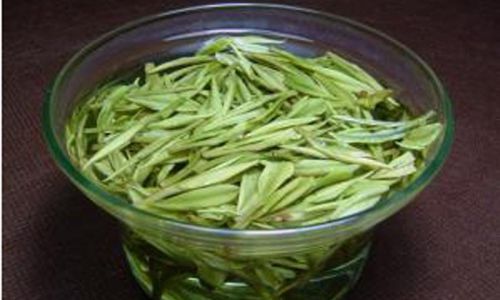
- Water Quality: Use soft, filtered water (80–85°C/176–185°F) to avoid masking delicate flavors.
- Leaf-to-Water Ratio: 3 grams of tea per 150 ml of water.
- Infusion Time:
- First infusion: 1–2 minutes.
- Subsequent infusions: Add 30 seconds per steep.
- Vessel: Opt for a glass or porcelain teapot to observe the leaves’ unfurling.
Anxi White Tea rewards patience—multiple infusions reveal evolving layers of flavor, from floral sweetness to a faint, lingering umami.
Cultural Significance and Modern Revival
In Anxi, tea is more than a beverage—it’s a cultural cornerstone. Local festivals, such as the annual Tieguanyin Tea Culture Festival, often include exhibitions of White Tea production, highlighting its growing importance. While historically overshadowed by oolong teas, Anxi White Tea has gained traction among niche markets in Europe and North America, where consumers prize its organic farming practices and ethical sourcing.
Moreover, Anxi’s tea masters are experimenting with aged White Tea, a tradition inspired by Pu-erh. Aged Anxi White Tea develops deeper, more complex flavors, with notes of dried fruit and wood, appealing to collectors and connoisseurs.
Comparison with Other White Teas
Anxi White Tea often draws comparisons to Fuding White Tea, the global benchmark for white teas. Key differences include:
- Terroir: Anxi’s higher elevation and mineral-rich soil impart a distinct mineral undertone, while Fuding’s coastal climate yields a brisker, more vegetal profile.
- Processing: Anxi producers sometimes incorporate a brief withering period under direct sunlight, enhancing floral notes, whereas Fuding White Tea is typically withered indoors.
- Leaf Style: Anxi White Tea often features larger, more intact buds, while Fuding varieties may include smaller leaves.
Misconceptions and Clarifications
Despite its name, Anxi White Tea is not a “white tea” in the botanical sense (i.e., derived from the Camellia sinensis var. sinensis). Instead, the term refers to its processing method. Additionally, some retailers mislabel Anxi White Tea as “Bai Mu Dan” (White Peony), a protected designation for Fuding-style teas. Consumers should seek certifications or reputable vendors to ensure authenticity.
Conclusion: A Tea for the Connoisseur and Curious Alike
Anxi White Tea represents a fascinating intersection of tradition and innovation. Its delicate flavors, coupled with the region’s storied tea heritage, make it a compelling choice for those seeking to explore China’s diverse tea landscape. Whether sipped solo during moments of quiet contemplation or shared in communal settings, Anxi White Tea invites reflection on the interplay of nature, craft, and culture. As global interest in specialty teas grows, this hidden treasure from Fujian’s mountains is poised to captivate new audiences, one nuanced infusion at a time.
Word Count: 1,523
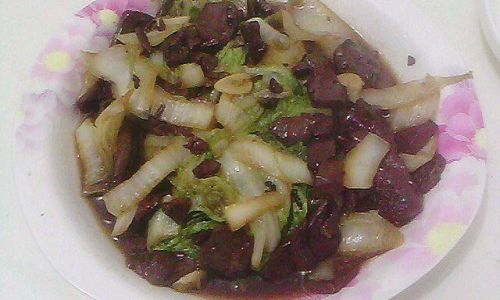
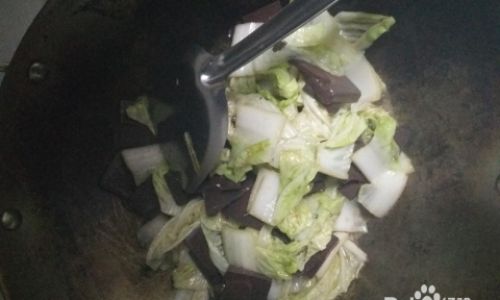
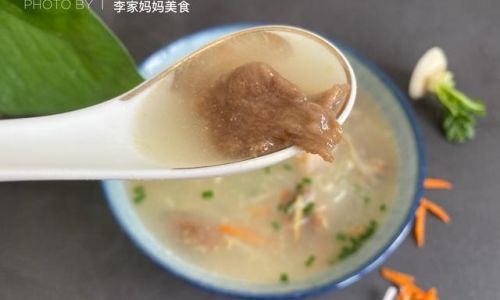

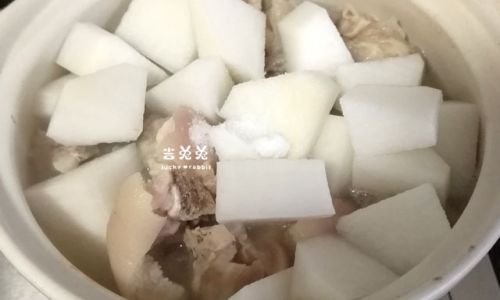
0 comments